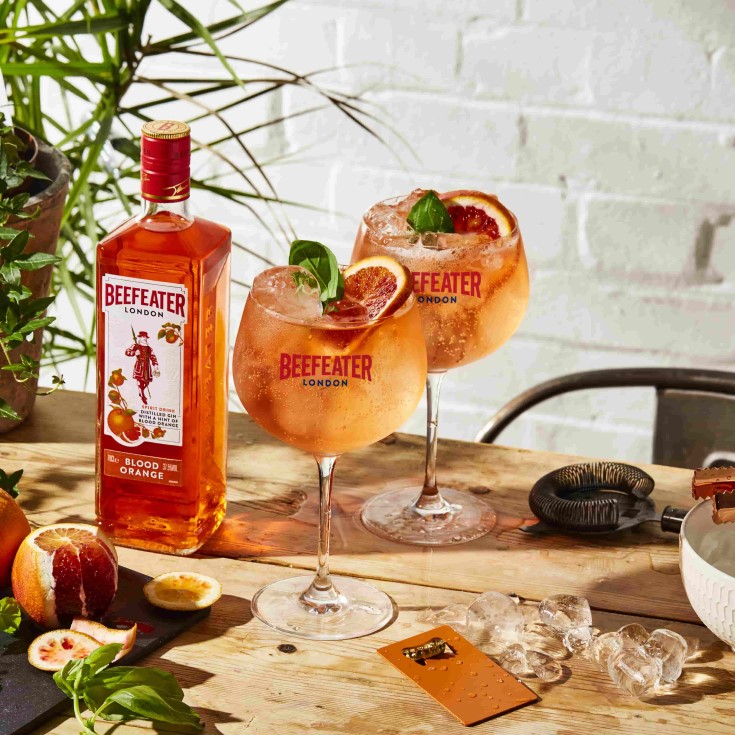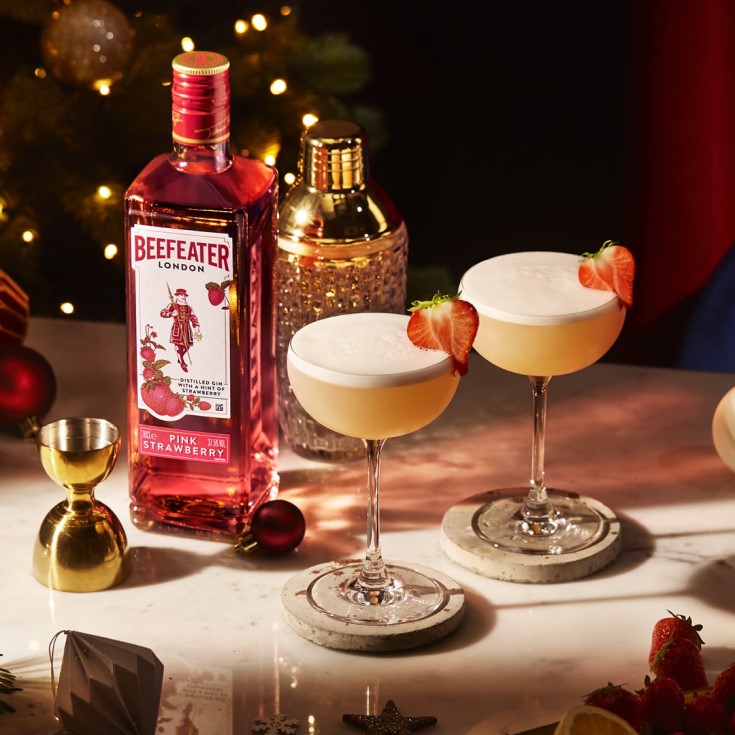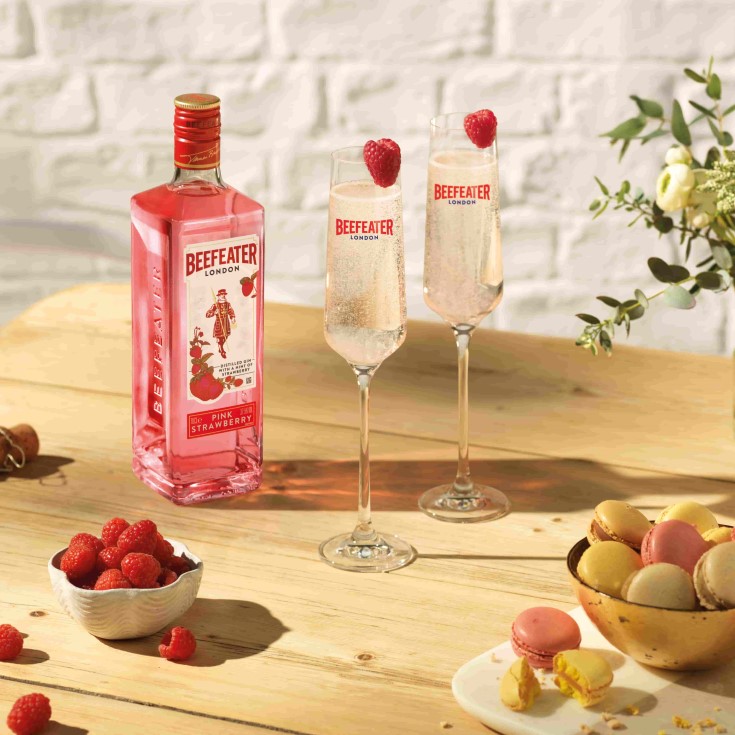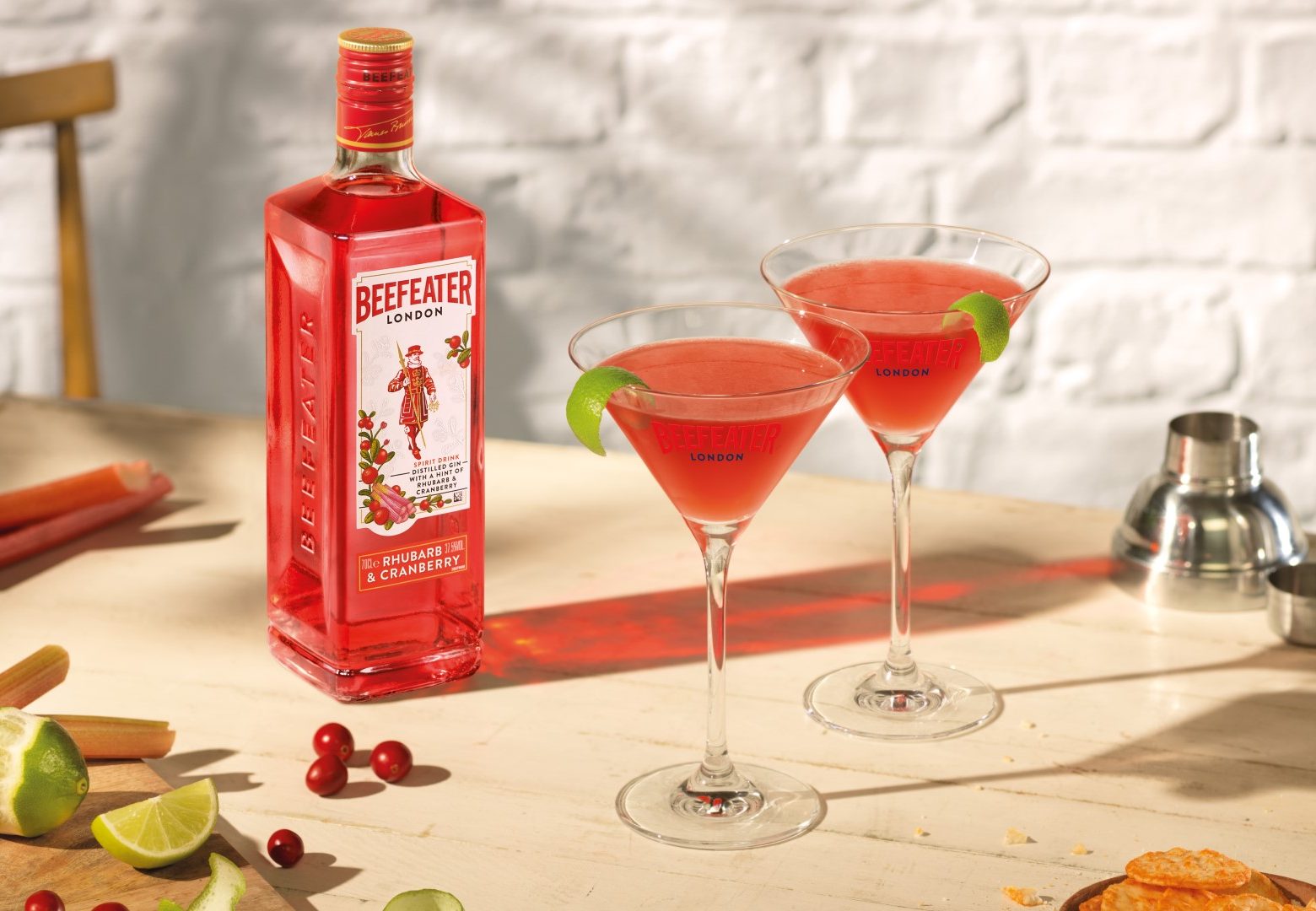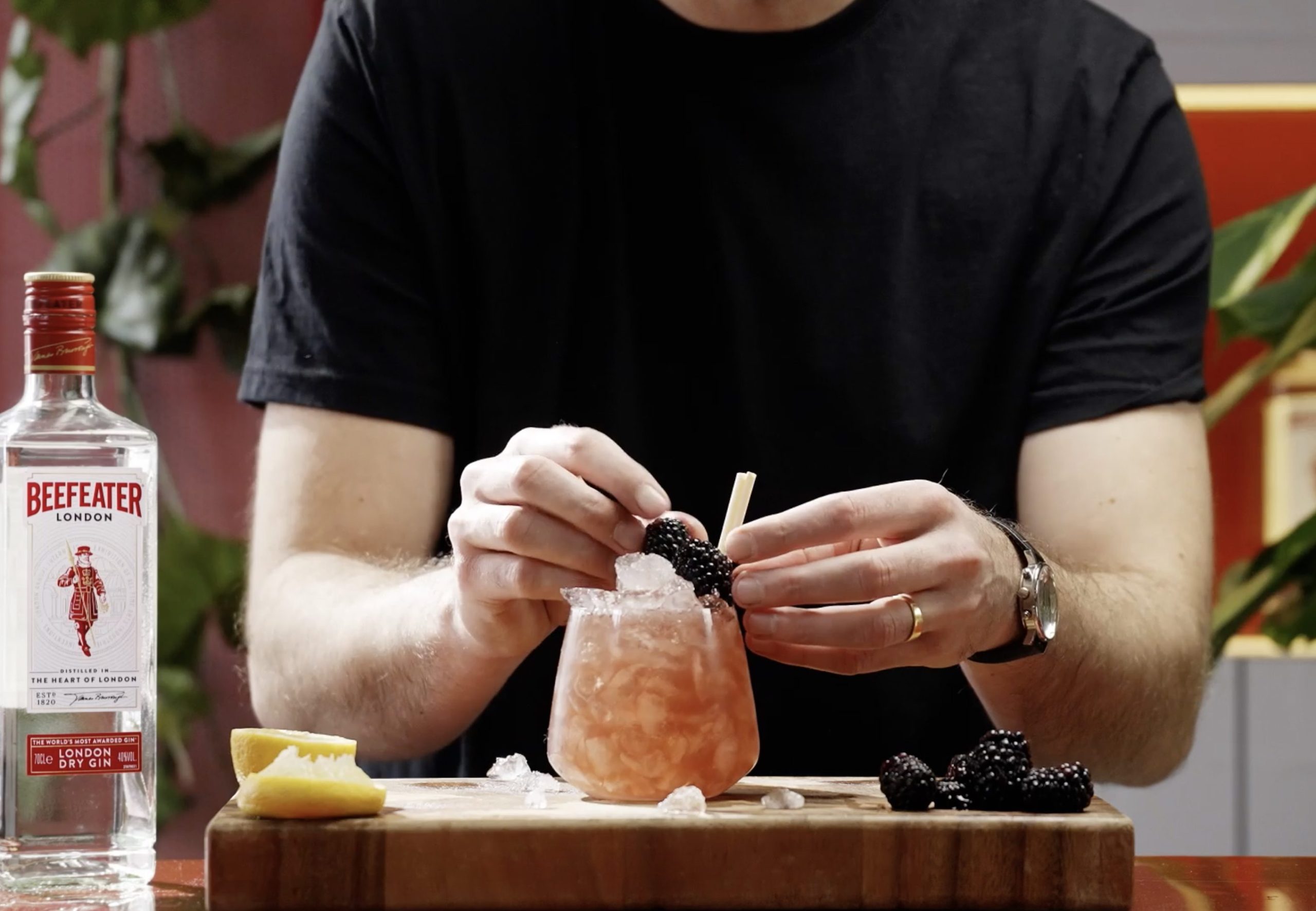how are botanicals added to gin?
Another question we’re asked regularly is what gin is brewed from. But rather than being brewed like beer, gin is actually distilled, and this is where the botanical flavours come in.
There are several different types of gin, such as Old Tom, Plymouth, and our preferred kind of London Dry. We must follow a defined gin distillation method to ensure our gin is indeed of the London Dry variety.
The gin distillation process
During the distillation process, we macerate our botanicals in the neutral spirit for a full 24 hours. This allows the unique character of each of our nine herbs to really shine.
The liquid is then heated up until the alcohol evaporates and is collected. So, nope – no brewing action here, we’ll leave that to the beer maestros! Read more about how gin is made.
Granted it’s not brewed, but Beefeater 24 is a premium gin for those looking for something a little different, and a whole lot special. Gin doesn’t need to be aged and can be made pretty quickly, but we know that thinking outside the box is often where the magic lies.
And with gin drinking more popular than ever, we’ve been doing even more thinking outside the box to make sure we cater to all different tastes and occasions.
What about flavoured gin?
Flavoured gins such as Beefeater Pink Strawberry, Blood Orange and Peach & Raspberry are made in the same way as our classic London Dry Gin, but with added natural flavourings for a fruity finish.
If you’re keen on getting creative with gin, take a look at our gin cocktails to find out how to make everything from a timeless Negroni to a zesty Blood Orange Martini.
Yes, gin may be made from three key ingredients, but what you add to our finished product is in your hands.


